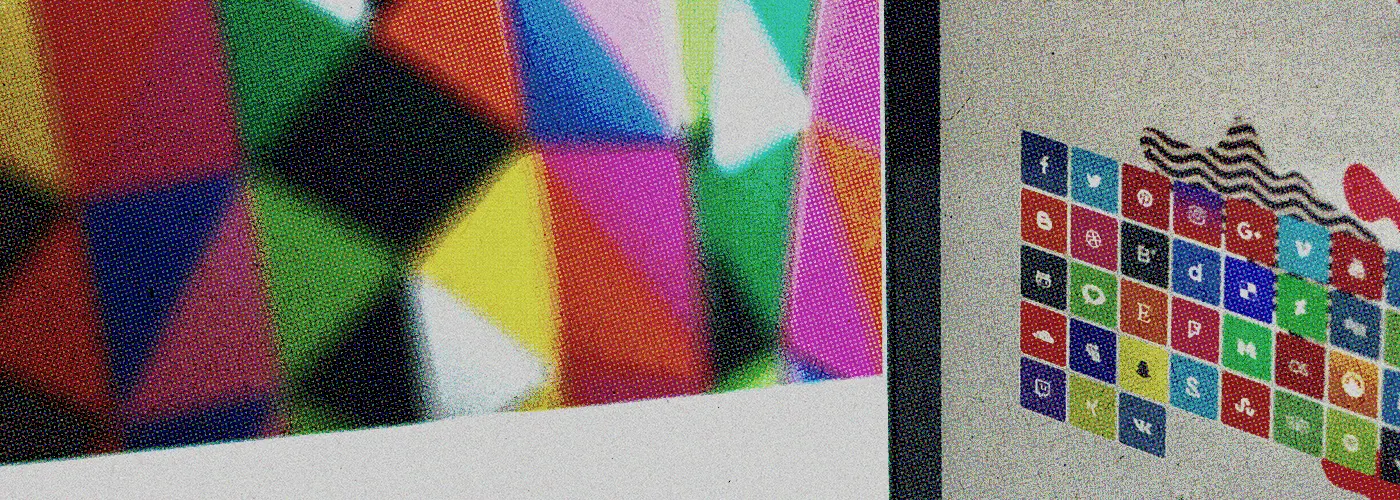Breaking away from traditional methods can often be the key to unlocking creativity and innovation. In today’s fast-paced and competitive market, standing out is not just important; it’s essential. That’s where unconventional design techniques come into play. In this blog post, we’ll explore some unconventional design techniques that can help you break the mold and create designs that leave a lasting impression on your audience.
- Embrace Minimalism with Maximal Impact: In a world cluttered with information, minimalism stands out. Embracing minimalistic design doesn’t mean sacrificing impact; rather, it’s about maximizing impact through simplicity. Think clean lines, ample white space, and a focus on essential elements. By stripping away the unnecessary, you allow your message to shine through with clarity and power.
- Play with Negative Space: Negative space, also known as white space, is a powerful tool in design. Instead of filling every inch of your canvas, embrace the beauty of emptiness. Negative space not only adds visual interest but also helps guide the viewer’s eye and create a sense of balance. Experiment with negative space to create designs that are both striking and sophisticated.
- Incorporate Unexpected Elements: Surprise and delight your audience by incorporating unexpected elements into your designs. Whether it’s an unconventional color palette, a quirky illustration, or an unexpected texture, adding a touch of the unexpected can make your designs memorable and engaging. Don’t be afraid to think outside the box and push the boundaries of what’s expected.
- Experiment with Typography: Typography plays a crucial role in design, but it’s often underutilized. Instead of sticking to the same old fonts, experiment with typography to add personality and flair to your designs. Mix and match different fonts, play with scale and spacing, and don’t be afraid to get creative. Typography can be a powerful tool for conveying emotion and reinforcing your message.
- Break the Grid: While grids can be a useful tool for creating order and structure in your designs, sometimes it’s necessary to break free from the constraints of the grid. Experiment with asymmetry, overlapping elements, and unconventional layouts to create designs that feel dynamic and unexpected. Breaking the grid can add visual interest and create a sense of movement and energy in your designs.
- Use Unexpected Materials: In addition to digital design techniques, don’t forget about the power of physical materials. Experiment with unexpected materials like wood, metal, fabric, or even unconventional objects to add texture and dimension to your designs. Mixing digital and physical elements can create designs that are not only visually stunning but also tactile and memorable.
- Tell a Story: Finally, don’t underestimate the power of storytelling in design. Instead of just presenting information, use your designs to tell a story that captivates and engages your audience. Whether it’s through imagery, typography, or interactive elements, storytelling can elevate your designs and create a deeper connection with your audience.
In conclusion, breaking the mold with unconventional design techniques can help you create designs that stand out in a crowded marketplace. By embracing minimalism, playing with negative space, incorporating unexpected elements, experimenting with typography, breaking the grid, using unexpected materials, and telling a compelling story, you can create designs that are not only visually stunning but also memorable and impactful. So don’t be afraid to think outside the box and push the boundaries of what’s possible in design. The sky’s the limit!
